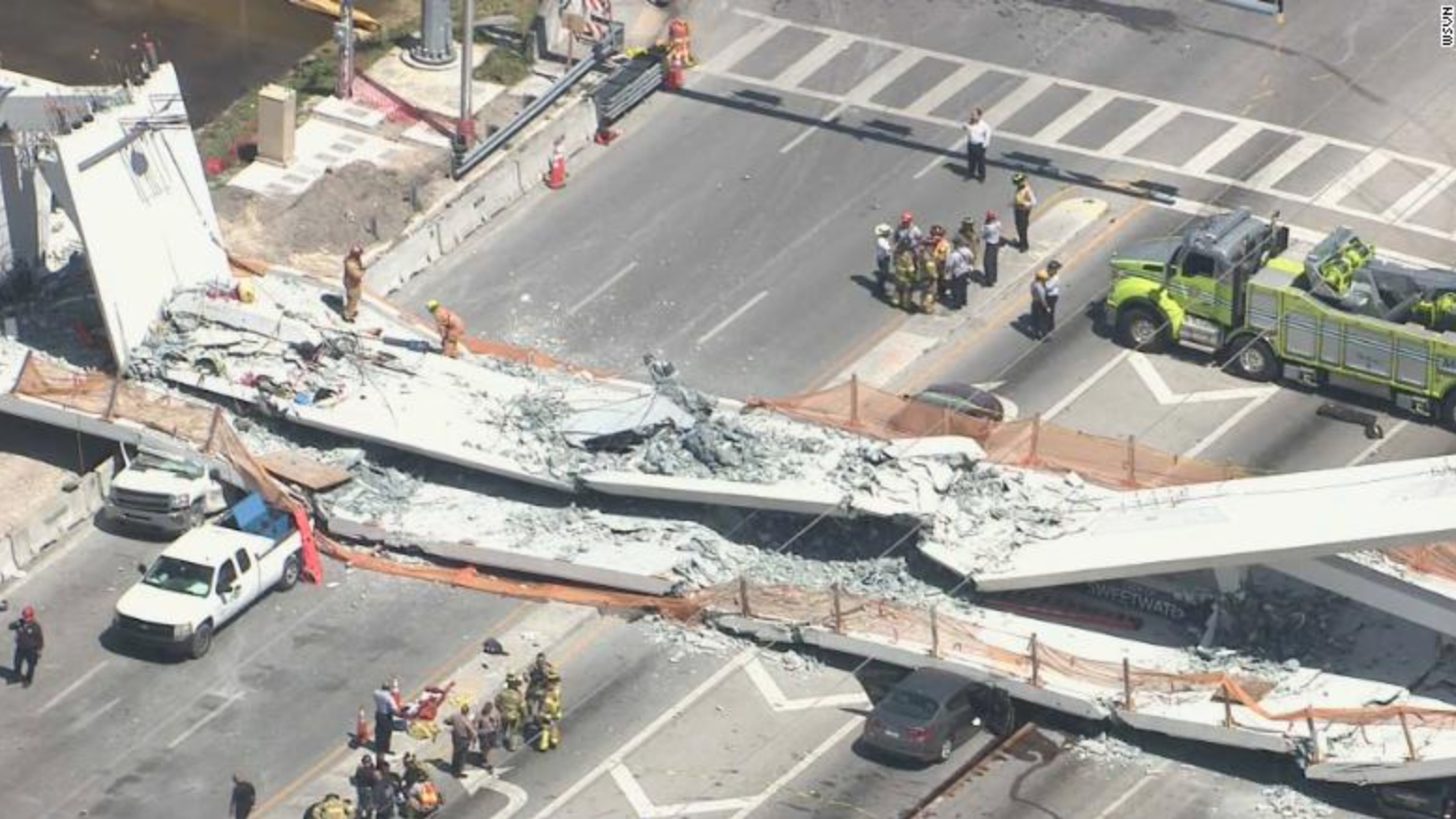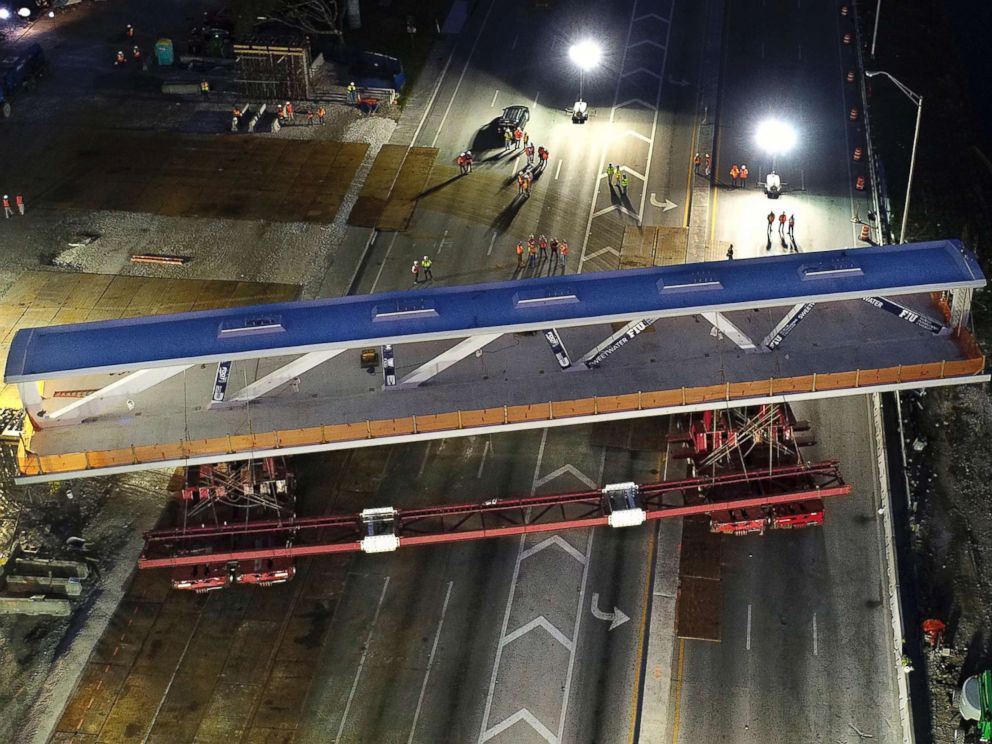

It was repaired and failed again six months later. The $75,000 toll bridge opened in January 1869 to great fanfare, even though – just weeks earlier – a Truesdell bridge in Elgin had collapsed. The city council chose Lucius Truesdell’s design from 14 proposals despite the city engineer’s warnings about its lack of uniformity and strength. Fed-up voters in 1868 demanded an iron bridge.

Post-Civil War Dixon, 103 miles (166 kilometers) west of Chicago, was a growing city split by the formidable Rock River, a tributary of the Mississippi on which, a few miles north and a half-century later, a young Ronald Reagan would work as a lifeguard after the future president’s family moved to Dixon in 1920.įor decades, wooden bridges had succumbed to raging floods. Family lore holds that as Goble, 51, plunged to her death, she tossed the toddler into the river beyond the reach of the failing superstructure. Wadsworth wouldn’t be telling the story had Gertie Wadsworth, his great- grandmother, not survived. … As the (Chicago) Tribune said, the truss ‘fell over with the weight and imprisoned the doomed in an iron cage with which they sunk and from which there was no escape.'” The audit notes best practices by another government agency, the US Army Corps of Engineers, calls for them to "consult with technical experts-such as bridge engineers-on risk assessments when the projects include work in an expert’s subject matter area.“It’s not as though the bridge just collapsed and went straight down,” says Tom Wadsworth, 70, a retired magazine editor and expert on the calamity. Rather than do a detailed review of the bridge design and calculations, the FHWA Florida office focused on whether the project was eligible for federal aid, which the office said was typical for them. The IG found the project "had missing or confusing information, and included only vague descriptions" of what FHWA's Florida office planned to do to address those elevated risks. Had the bridge been on the Interstate Highway System, rather than a US Highway, "guidance requires FHWA to review and approve preliminary plans."īut the audit found record keeping so deficient, it is unclear exactly what was done to review the FIU bridge designs. Had it done so, it is almost certain the fatal design errors that the National Transportation Safety Board attributed to FIGG Bridge Engineers would have been detected - because it was FHWA bridge engineers who discovered the errors for the NTSB as part of its post-disaster investigation.Ī memorial for the victims of the FIU bridge collapse was unveiled on the fourth anniversary of the tragedy. It notes the Florida offices of the FHWA identified the FIU project involved "elevated risk," in part because the university had "questionable capacity to manage (the) project." It also noted the unique non-redundant concrete truss design added to the risks.ĭespite those risks, the FHWA "Division area engineers did not consult the Division’s bridge engineer to assess risks on the FIU project, which includes a highly complex pedestrian bridge." Nor did it "perform detailed design or calculation reviews." The prospect that disaster could have been averted emerges from the 34-page IG Report, "Gaps in FHWA’s Guidance and the Florida Division’s Process for Risk-Based Project Involvement May Limit Their Effectiveness," obtained by the NBC 6 Investigators. But now, NBC 6 Investigator Tony Pipitone found a new Inspector General report poses another question: could a federal agency have caught the catastrophic errors? We already know errors in design and a failure to catch those errors were the root causes of the FIU bridge collapse that killed six people in 2018.


 0 kommentar(er)
0 kommentar(er)
